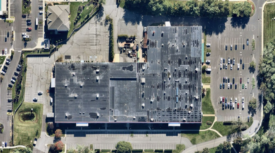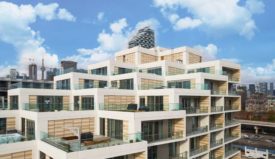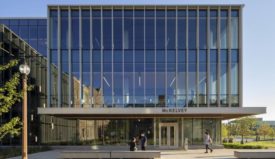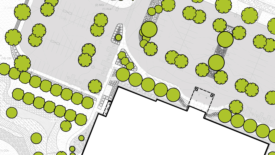Sustainability
Sponsored by GAF
CEU: Go with the Flow: Tapered Insulation Fundamentals
Rainwater mitigation and insulating goals can both be achieved in low-slope or flat roofs with optimized, project-specific tapered polyisocyanurate insulation panel designs and systems.
October 3, 2022
Enhance your expertise with unparalleled insights.
Join thousands of building professionals today. Shouldn’t you know what they know?
SUBSCRIBE TODAY!Copyright ©2024. All Rights Reserved BNP Media.
Design, CMS, Hosting & Web Development :: ePublishing
.jpg?height=168&t=1668001425&width=275)


.jpg?height=168&t=1667917845&width=275)



-REDUE.jpg?height=168&t=1663589998&width=275)



.jpg?height=168&t=1659114901&width=275)